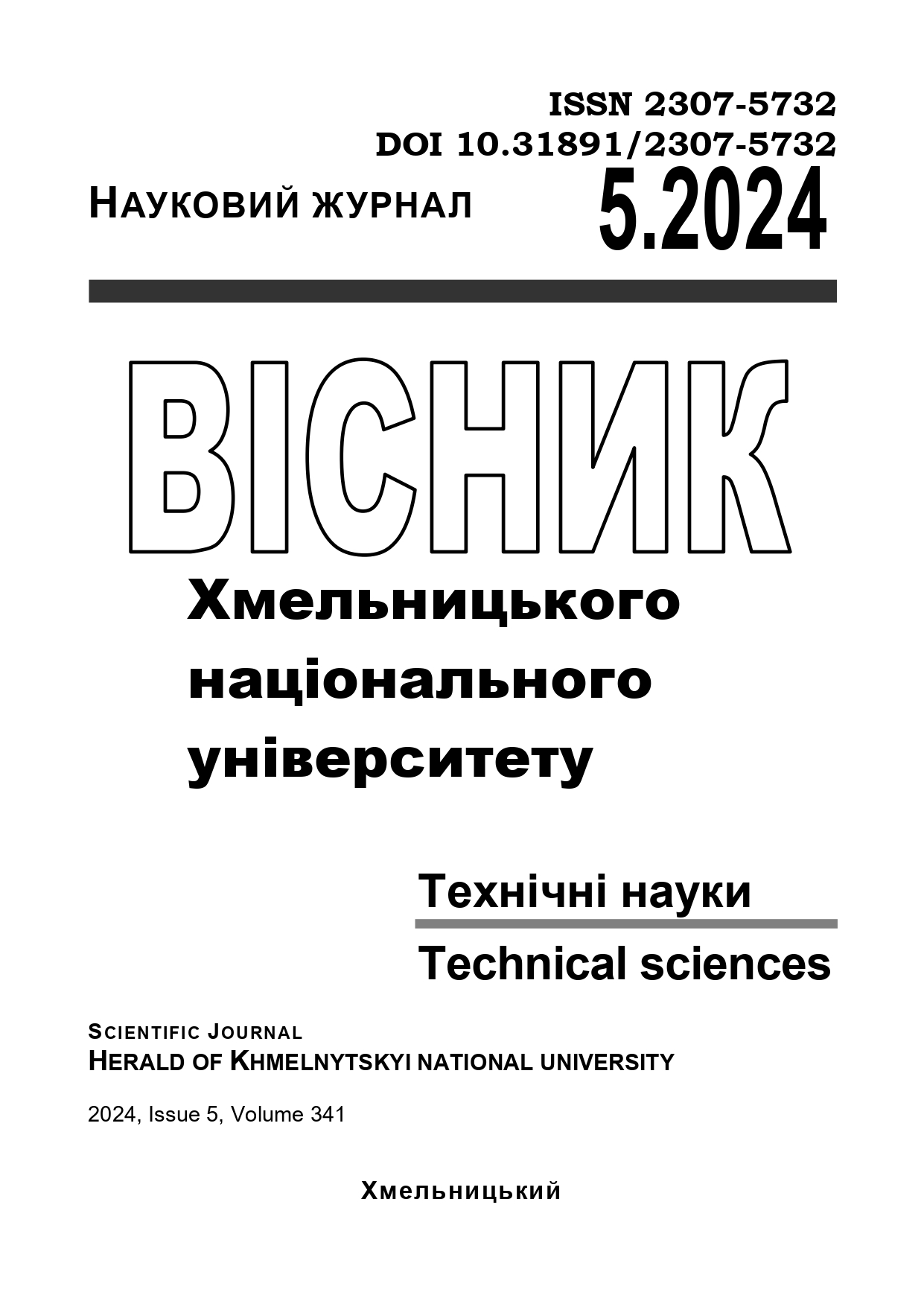CONSTRUCTION AND TECHNOLOGICAL DIAGRAM OF THE AUTOMATED WASHING SYSTEM OF MILKING INSTALLATIONS WITH AIR AND HYDRO-INJECTORS
DOI:
https://doi.org/10.31891/2307-5732-2024-341-5-40Keywords:
milking installation, washing system, injector, parameters, frequency step, washing solution, multiphase medium, numerical simulationAbstract
The creation of automated technical and technological support for the milking plant washing system, which intensifies the process without additional costs, becomes of primary importance when solving the task of improving the quality of milk. The purpose of the research is to develop a structural and technological scheme of an automated system for washing milking units with air injectors and photosensors for determining the contamination of the milk line.
The analysis of the factors of the decrease in the quality of milk as a result of bacterial contamination showed that this is the result of poor performance of the technological operation of washing milking units and the formation of milk deposits on the internal surfaces of the milk duct system. As a result of the analysis of the existing constructions of technical and technological provision of washing, it was established that the most effective are the circulation systems of washing with the regulated formation of a traffic jam. In order to increase efficiency and save resources (by reducing the consumption of air, hot water, energy and operating costs), the process of washing milking units should be adaptive based on data obtained from monitoring tools for assessing the condition of the surfaces of the milk-conducting system and the hydrodynamic parameters of the movement of a two-phase washing solution, which is achieved by using air and hydraulic injectors based on automated control.
The cleaning system must be designed and manufactured to avoid contact of cleaning and sanitizing solutions with milk, as required by ISO 3918:2007, ISO 5707:2007 and ISO 6690:2007. The efficiency of the cleaning circulation system depends on the following factors: the design and installation must ensure the proper volume, speed and duration of action of detergents, as well as the appropriate temperature and concentration corresponding to the types of solutions used.

